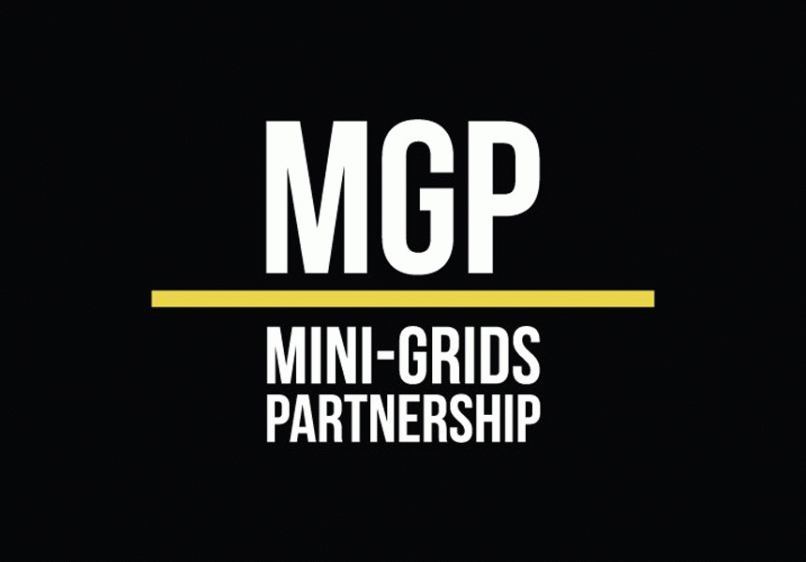Mini-Grids Partnership
The Mini-Grids Partnership is a consortium of over 250 like-minded mini-grid stakeholders interested in enhancing and complementing each other’s work through collaboration and coordination. To this end, the Partnership seeks to be an ‘umbrella’ group that can bridge discrete but related stakeholders and initiatives, from both the public and private sector. The Mini-Grids Partnership was founded in 2014 under the auspices of Sustainable Energy for All.
In August 2024, it published a State of the Mini-grids Market Report 2024 as the definitive source of information for mini-grids stakeholders. The report raises awareness about mobilizing investments in the mini-grid sector and serves as a benchmark to measure progress in the sector for decision-makers.
